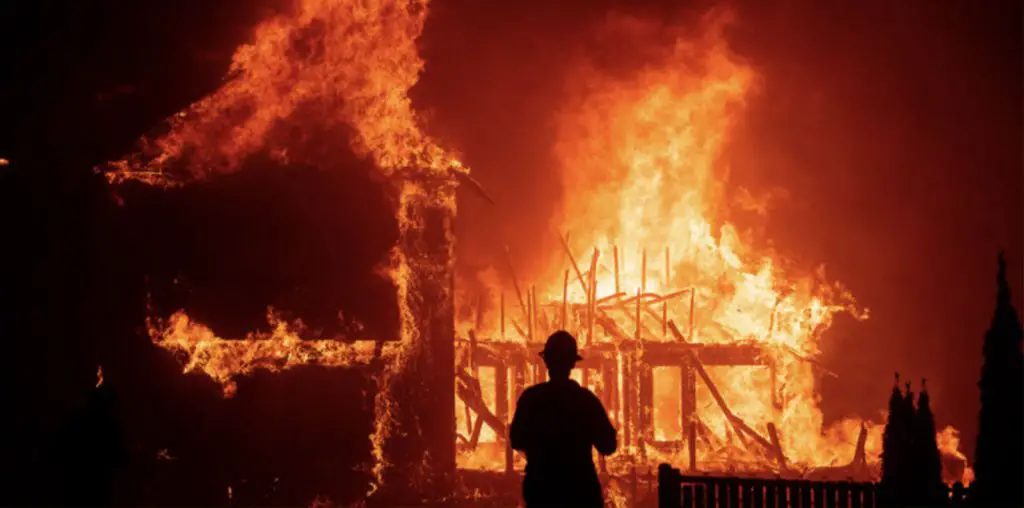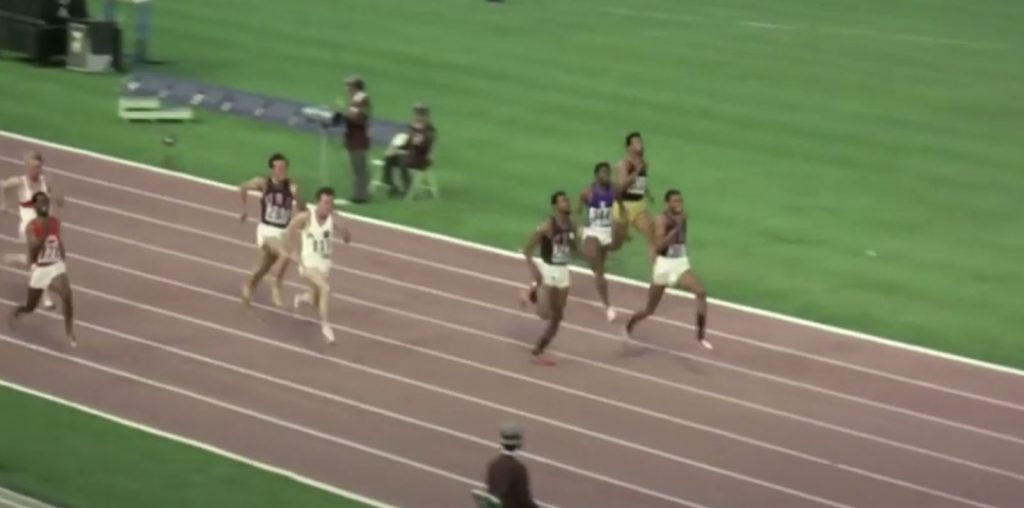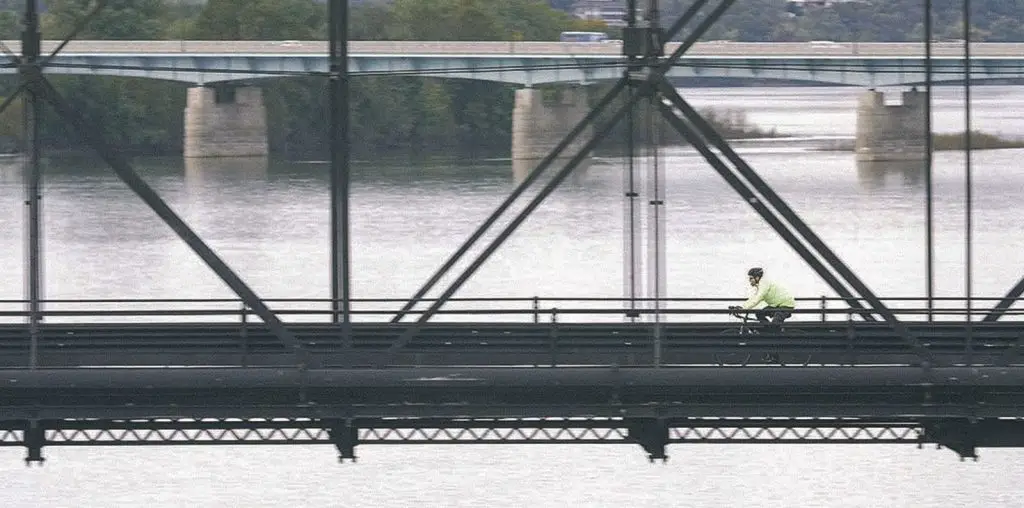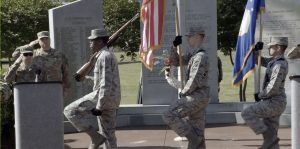
Desert One does an impeccable job of painting its proceedings in shades of grey. The ragtag team assembled for the mission, eager to prove themselves; a well-meaning but inexperienced president, desperate to do the same; the ineptitude of the elaborate plan; coincidence and bad luck – all these factors could be partially blamed for everything that went wrong.
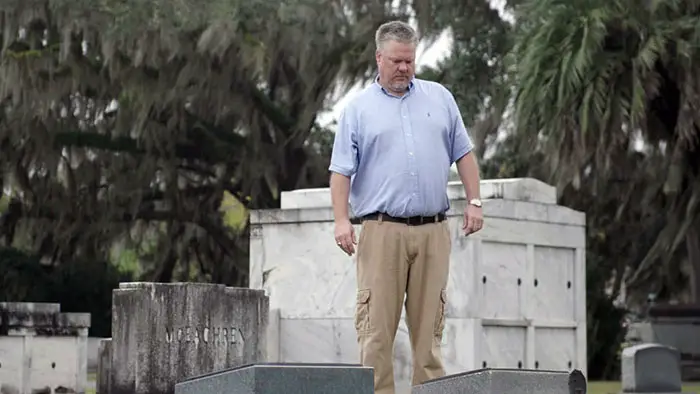
“…Kopple strings it all together into a gripping and emotional whole, like a true master craftsman.”
Kopple expertly examines what it must have been like to observe the proceedings on “the other side of the fence.” “It was very exciting for me to see their bodies,” one of the captors recollects about seeing “the charred bodies of the eight dead Americans,” brought to the embassy and shamefully displayed for the entire world to see. As the Persian-English translator notes, Iranians had every “right to put the Shah on trial.” A plethora of tantalizing questions surfaces: about what’s ethical/ moral, about the complexities of each minute decision, about the endlessness and pointlessness of warfare. The final image – that of the Desert One site as a desolate tourist playground – will stick with you for a while.
Kopple is no newbie when it comes to docs. Harlan County U.S.A., which dealt with a violent miner strike, won her an Oscar for Best Documentary in 1976. American Dream, another examination of a six-month strike, earned her an Oscar in 1990. Thirty years later, Desert One serves as proof that she has no intention of stopping. Utilizing never-before-seen archival footage, expertly-rendered animated interludes, and unprecedented access to those involved in the crisis, Kopple strings it all together into a gripping and emotional whole, like a true master craftsman. I will not be surprised if the living legend brings another golden statuette home this year.
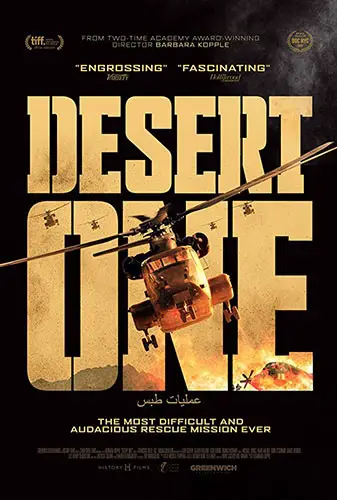
"…I will not be surprised if the living legend brings another golden statuette home this year."
